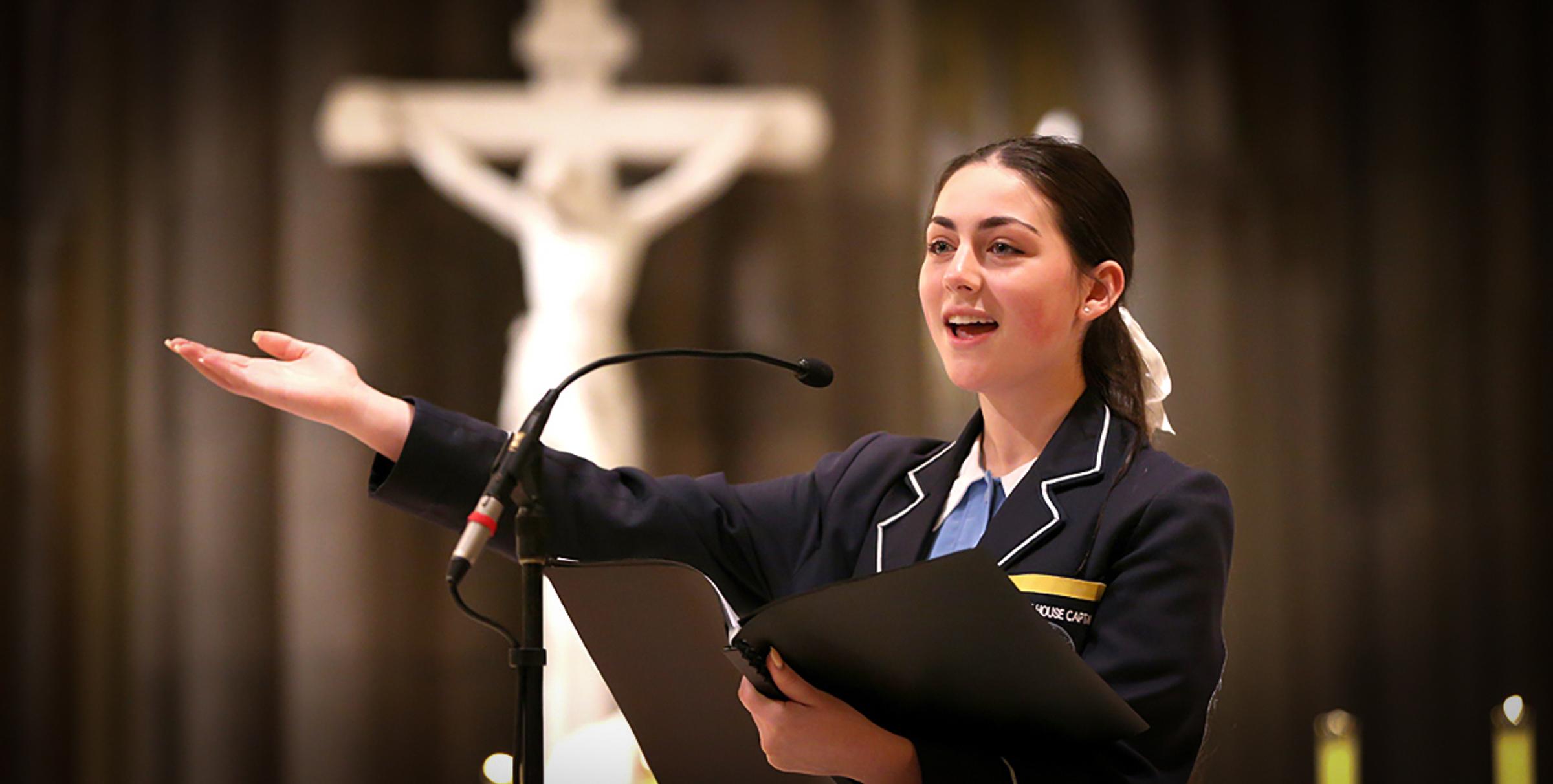Faith & Mission

ALLHALLOWTIDE
Halloween is a celebration that marks the day before the Christian feast of All Saints and initiates a season known as Allhallowtide.
Halloween had its origins in the festival of Samhain among the Celts of ancient Britain and Ireland. In this tradition, the new year was believed to begin on the day we now know as November 1. This date was considered the beginning of the winter period. In Celtic belief, this was a time when the souls of those who had died were believed to return to visit their homes and villages. People developed the practices of setting bonfires on hilltops to frighten away any evil spirits and they would wear masks and other disguises to avoid being recognized by the ghosts that might be roaming the villages.
In the seventh century, the date for All Saints Day was moved from its original date of May 13 to November 1 thus overlaying a pagan festival with a Christian observance.
The Protestant Reformation saw an end to Halloween and other religious holidays in protestant countries. In the early days of the American colonies, celebrations of Halloween were forbidden. It was through the large number of Irish immigrants going to the United States in the mid 1800s that the Halloween customs grew and came to become one of the principal US holidays.
As a curmudgeonly baby boomer, I am a little conflicted about this American holiday establishing itself so strongly in our Australian community. At barbecues with other grumpy old men, I have been known to mumble about yet another exercise in commercialisation and cultural imperialism.
However, who can deny the joy and community spirit as young families wander their local streets seeking treats and local connectedness. It is a day that brings together some much loved kids’ activities: stepping out with family and friends, dressing up, playing tricks and eating treats.
Moreover, despite the secular flavour that many trick-or-treaters, surround their festivities, it is easy to find religious dimensions to the season.
Consider how our Mercy values are exemplified in the day. Hospitality and service are easily identified. Respect is a bedrock value upon which local community Halloween activities can grow and flourish. Justice also needs to be a value in the day or the community spirit of the feast will get lost in competitive commercialism.
Compassion and courage are values that lie deep in the heritage of Halloween. To be human is to experience loss and grief. Coming to terms with this reality of life, with why bad things happen to good people, has been a central focus of all religions throughout all of human history. The ghosts, ghouls, and skeletons that have bedecked our Melbourne homes for the past couple of weeks may be a surface trivialisation of these profound questions, but they are representative of the never ending religious quest for humans to make sense of the totality of their lives.
Next week, I will invite all of our new parents and their families into the faith journey of our College. This is not a cheap relativism that tries to argue that whatever anyone believes our does is OK.
In the biblical letter of St John we are invited to see God as love. In 1 John 4 we read:
God is love. Whoever lives in love lives in God, and God in him.
At Academy, the invitation to every member of our community is to recognise God through love and through our Mercy values.
I feel that there is also an invitation to all the trick-or-treaters to recognise God alive in the celebrations, the community and the family spirit of their present day shenanigans as well as in the fears and forebodings that surround all of our encounters with our human mortality.
Mr Mark Hyland
Director of Faith and Mission
